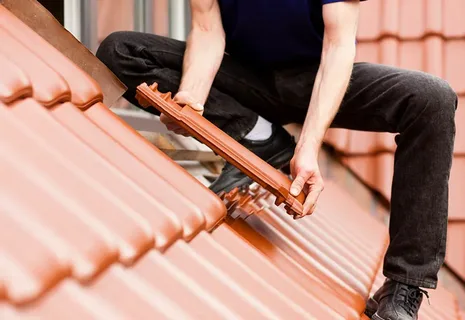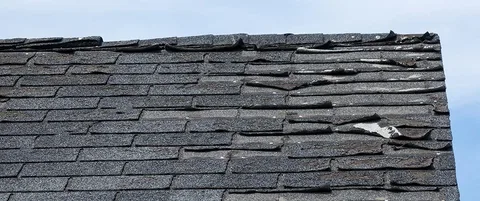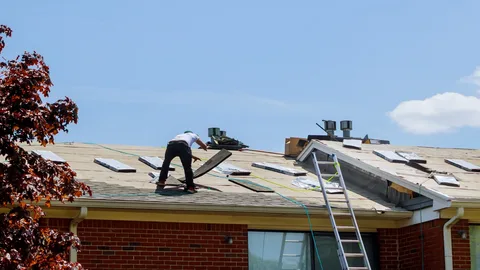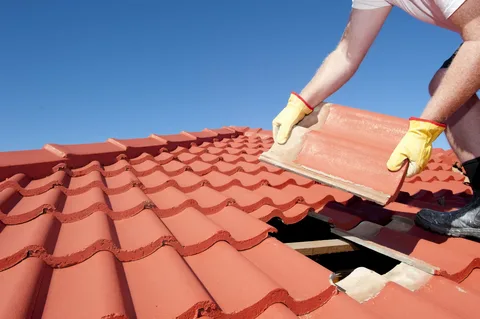Introduction
A roof replacement project is one that every homeowner has to take on at some point in their life, whether it’s due to roof damage, age, or poor performance. But some mistakes are repeated by most homeowners, resulting in weak roofs that require constant attention and frequent repairs. From incorrect nail length to skipping over inspection, here are a few common roof replacement mistakes that property owners make and what you should do to avoid them.
Common Oversights & Their Preventions During Roof Replacements
Is your asphalt shingle roof at the end of its line? Or do you need to replace your slate roof after a major storm? Either way, these are huge investments, and small neglects can quickly turn into costly mistakes if you aren’t careful.
Here is a look at a few things you should avoid when setting up your new roof.
- Mistake 1: Choosing The Wrong Roofing Contractor
The first common mistake we have noticed homeowners make is that they don’t do enough research on their roofers. Whenever you have a roofing project planned, check that you’re working with licensed roofers who are insured against injuries. Next, make sure they have experience working with your material of choice. Finally, read through reviews to really get a good feel for the kind of service you’re likely to receive. All of this is important so that you’ll know that your new roof is going to be sturdy, durable, and complete in time.
- Mistake 2: Poor Material Selection Based On Your Climate
Speaking of materials, keep in mind that where you live directly impacts the kind of roofing material you should use. If your friend in Arizona has a concrete tile roof, it might not be such a good idea if you live in Alaska. While tiles are an excellent option for their heat- and fire-resistant properties, crucial for sunny Arizona State, the Alaskan weather demands something that can withstand heavy rains and snowfalls. Metal roofs, therefore, are a much superior option if your home is in Alaska.
- Mistake 3: No Contingency Funds
Another common mistake made by homeowners is not preparing for emergencies. When you’re having your roof replaced, there is no telling what kind of damage your roofers will find underneath your old roof. Always set aside 10-20% of your total fund so that you don’t panic if your underlayment needs replacement or your worn flashing needs to be upgraded as well.
- Mistake 4: Not Acquiring Permits
Any kind of structural changes you make to your home demand approval from the local authorities. These approvals are necessary to ensure your roof installation is carried out to the building code so that you don’t have to worry about it leaking or getting blown off during hurricane season. Sometimes, this step can be overlooked, and homeowners may find themselves on the wrong side of the law or needing repairs sooner rather than later.
- Mistake 5: Incorrect Roof Installation
This point ties back in with the first one. Going for inexperienced or unskilled roofers may mean that things like roof pitch, nail length, or shingle alignment are mishandled. These can often lead to water pooling on top of your roof, leaks, poor insulation, and faster wear-and-tear.
- Mistake 6: Improper Attic Ventilation
Yet another point that property owners can neglect is the ventilation. Poor ventilation can lead to moisture build-up, ice-dams, mold growth, and structural issues that can shorten the lifespan of their replaced roofs and even raise energy costs. Always ensure that your roofers create adequate ventilation so that cool air can enter at the eaves and exit at the ridges to balance moisture levels and prevent shingle damage.
- Mistake 7: Neglecting Roofing Inspections
Finally, some homeowners make the mistake of thinking that once their roof has been replaced, it’s all done. But in truth, there is another important step that they overlook. Hiring a licensed and experienced roof inspector after completion is necessary to make sure that the roof replacement was not just a success but also that there are no potential issues that you should watch out for. Schedule a roof inspection within a year of your roof replacement and then once every 3-5 years to protect your investment in roof replacement.
Conclusion
In short, a roof replacement is an inevitable and hefty investment, and just a few minor mistakes can cost you dearly. Always do your research on the right roofing contractor, never skip permits, thoughtfully select your materials, and don’t neglect inspections afterward to ensure your roof replacement project is a success.
FAQs
What are some signs that I need a roof replacement?
If you’re having to repair your roof more often than before, it’s suffered major moisture damage, or if it’s simply reached the end of its lifespan, it’s time for a roof replacement.
How much does a roof replacement cost?
Depending on your roof’s size, the material, the design complexity, and local labor costs, on average, a roof replacement can range between $5000 and $25000.
How long does a roof replacement take?
Depending on weather, material, and project complexity, a roof replacement can take anywhere from one day to over two weeks.


